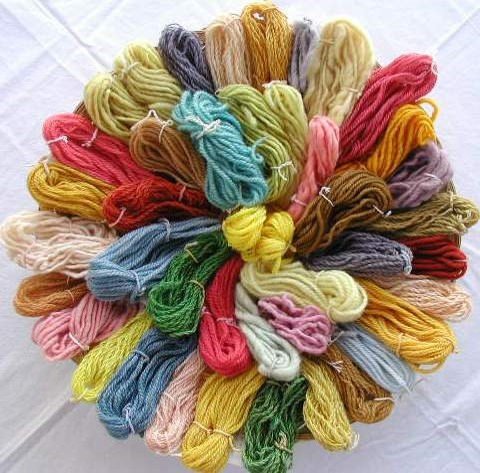Dyeing using different plants has been a traditional practice. However, with the invention of artificial dyes and modern dyeing practices, such use of dyes from plants was soon abandoned.
There are many Philippine plants which are good source of dyes – either bark or wood.

There are plants which are naturally rich in tannic acid or tannin which is used in dyeing leather, wood or textile. These are: kamachili, bakauan, red white lauan, tangal, ipil-ipil, coconut husk and others.
The common procedure of extracting dyes is as follows:
1. Boil the ground or chopped bark in uncovered cooking pot with just enough water to cover the barks.
2. Boil to 60°C-80°C with with continuous stirring.
3. After an hour, strain in wire screen and replace water in the cooking pot. Repeat 1-3 until water becomes pale in color.
4. The water used in second or third boiling could be used for the next fresh barks.
5. Mix all the water used for boiling and boil them altogether until you get a dark colored dye.
Source: Selected R&D Projects (Completed) NSDB

